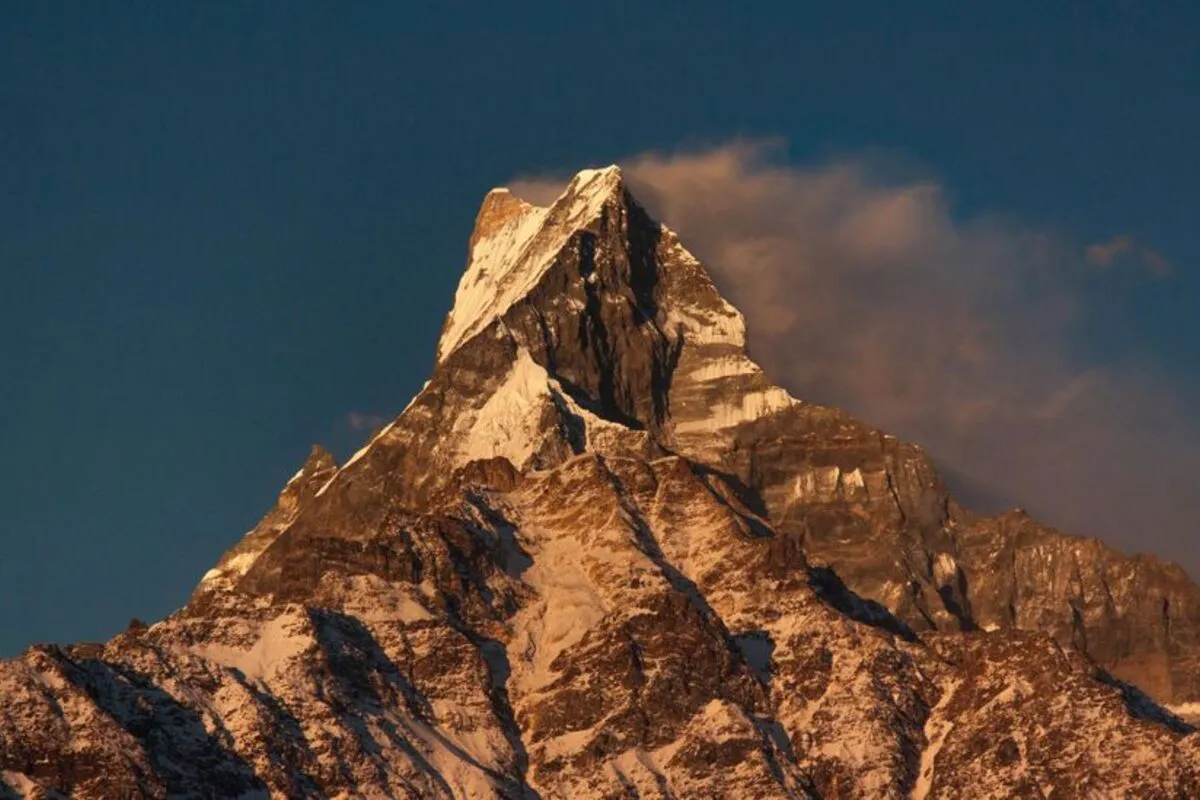
Study: Evidence of Himalayan rockslide found, may have knocked off one of highest peaks
Scientists have discovered evidence of a massive rockslide that may have reduced the height of one of the Himalayas’ tallest mountain peaks by several hundred meters during the Middle Ages.
Geological evidence for a sudden, high-altitude rockslide that may have happened around 1190 AD in the Annapurna mountain range of the Himalayas, in central Nepal, has been discovered by Jerome Lave of the Universite de Lorraine, France, and colleagues. This discovery may aid in understanding Himalayan evolution.
The Global Research
According to the researchers report that was published in the journal Nature, the abrupt collapse that involved a total rock volume of about 23 cubic kilometers may have reduced the peak by several hundred meters and stopped the disproportionate growth of the Himalayan peaks.
They hypothesized that the massive rockslide was caused by permafrost at a high altitude.
Massive amounts of finely crushed sediments, they claimed, might have flooded valleys more than 150 km downstream and overwhelmed Himalayan rivers for more than a century, having significant implications for landscape evolution and natural hazards.
The authors noted that despite numerous earlier research on Himalayan erosion, little is known about how the peaks of the planet’s tallest and most active mountain range erode and change over time. Mountain peaks’ height and shape are continually changing as a result of erosion and tectonic plate movements.
The researchers said that the results provided insight into one possible mechanism of development for high Himalayan peaks, which involved abrupt erosion by massive rockslides.
Future research was encouraged to evaluate the erosive impact of massive rockslides on the mountain ranges’ long-term topographic evolution.
Also Read: Sitting In Starbucks, Man Orders ₹400 Coffee For ₹190 From Zomato





































